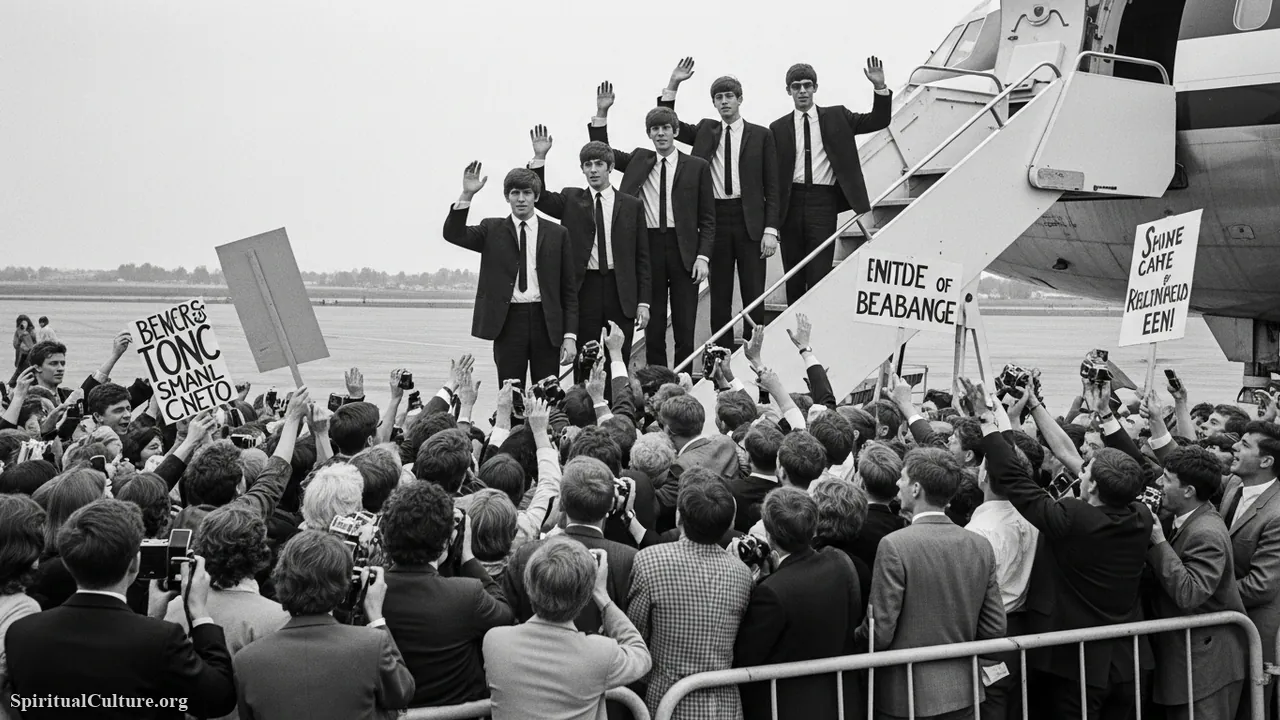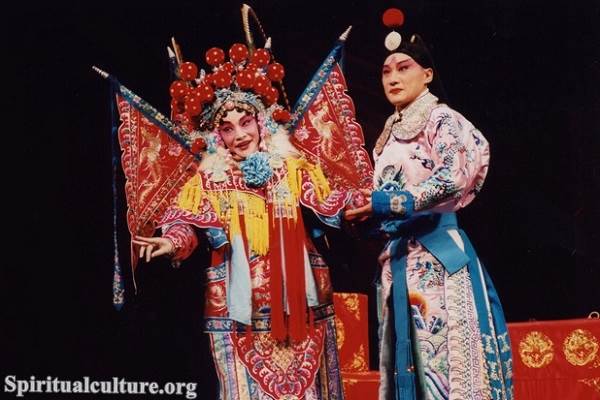British culture is a tapestry woven from centuries of history, conquest, spiritual evolution, and artistic revolution. To the casual observer, symbols like the Union Jack or a red telephone box may appear merely as tourist icons or branding for “Cool Britannia.” However, at Spiritual Culture, we see them as vessels of deep heritage—physical manifestations of the British spirit, resilience, and identity that have transcended borders to become part of the human collective consciousness.
Our analysis goes beyond surface-level popularity. We examine how these symbols anchor the nation’s soul, from the ancient, druidic mysteries of Stonehenge to the stoic resilience represented by Big Ben. These icons act as a bridge between the past and the present, offering stability in a rapidly changing world while reminding us of the enduring power of tradition, ritual, and creativity.
In this ranking, we explore the definitive cultural symbols of the United Kingdom as of the Current Time of Writing, Tuesday, November 27, 2025. Each entry is selected not just for its visual recognizability, but for its profound weight in the spiritual and historical narrative of the British Isles.
Table of the Top 10 British Cultural Symbols with the Greatest Spiritual Influence
| Rank | Cultural Symbol | Origin / Era | Primary Spiritual & Cultural Significance | Global Recognition Scope |
|---|---|---|---|---|
| 1 | The Union Jack | 1606 (First Union) | Unity of nations; amalgamation of three patron saints (George, Andrew, Patrick). | Universal (National Flag) |
| 2 | Big Ben (Elizabeth Tower) | 1859 | The “Heartbeat of Democracy”; symbol of resilience and continuity through war. | Universal (Landmark) |
| 3 | The Royal Crown (St Edward’s) | 1661 (Restoration) | Divine right; spiritual authority; consecrated sovereignty and burden of duty. | Universal (Monarchy) |
| 4 | Stonehenge | c. 2500 BCE | Ancestral mystery; solar alignment; prehistoric spiritual engineering. | Universal (Heritage Site) |
| 5 | William Shakespeare | 1564–1616 | The Human Condition; universal truth through language; “The Bard.” | Global (Literature) |
| 6 | The Red Double-Decker Bus | 1956 (Routemaster) | Community connection; democratic travel; civic design excellence. | Global (Urban Icon) |
| 7 | The Cup of Tea | 17th Century | Social ritual; mindfulness; comfort in crisis (“Blitz Spirit”). | Global (Lifestyle) |
| 8 | The Red Telephone Box | 1924 (K2 Design) | Communication; nostalgia; a sanctuary of connection in public space. | Global (Design Icon) |
| 9 | The British Lion | 12th Century | Heraldic courage; guardianship; the “Spirit of the Nation.” | Widespread (Heraldry) |
| 10 | The Beatles | 1960s | Cultural revolution; peace; artistic evolution as spiritual journey. | Universal (Pop Culture) |
Top 10. The Beatles
While a pop band may seem an unusual entry for a heritage list, The Beatles represent the modern spiritual evolution of British culture. Emerging from Liverpool in the 1960s, they did not just change music; they shifted the global consciousness. They embody the British capacity for reinvention—blending the working-class grit of the industrial North with an avant-garde artistic sensibility that conquered the world. Their journey from local clubs to global ashrams reflects a generation’s search for meaning beyond the material.
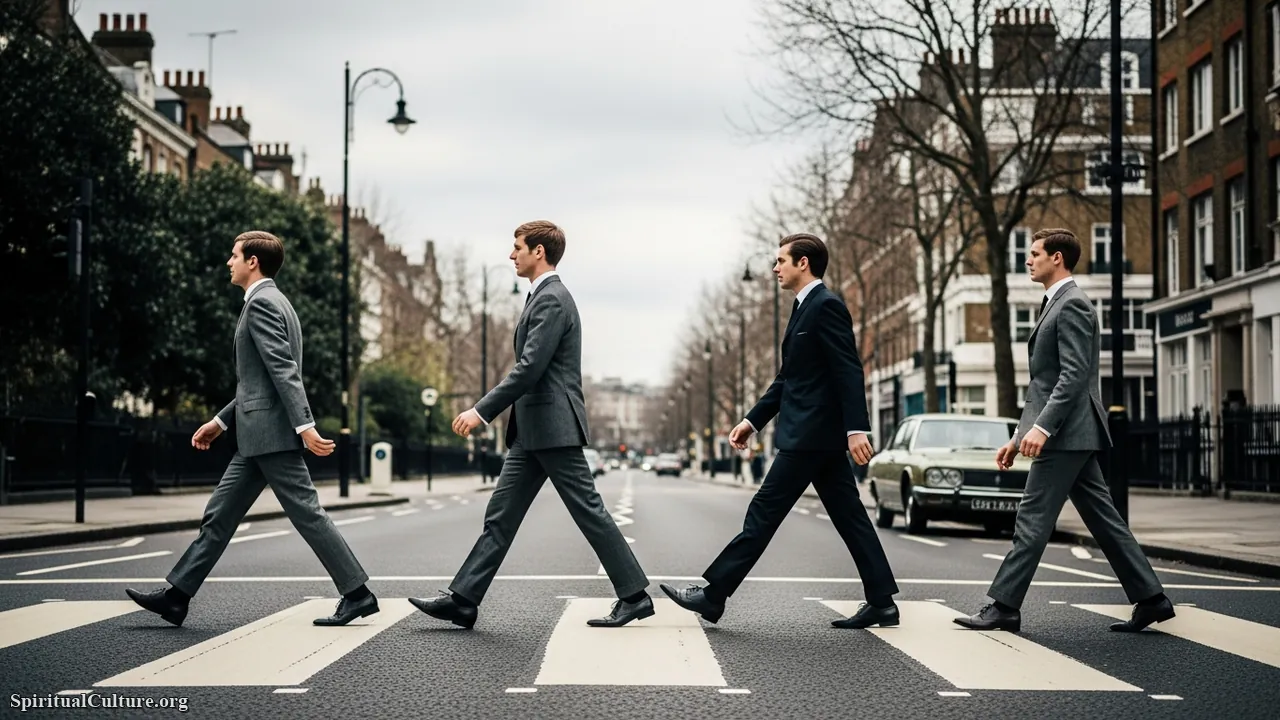
Spiritually, The Beatles symbolize the “Awakening.” They were pivotal in bridging Western culture with Eastern spirituality, introducing mass audiences to transcendental meditation, Indian mysticism, and the philosophy of “All You Need Is Love.” They represent the transition from the rigid traditions of the post-war era to a fluid, introspective, and peace-oriented worldview. Their legacy is not just in records sold, but in the opening of the collective mind.
Today, they serve as a reminder of the power of creativity to unify humanity. Their preservation value lies in the continued relevance of their message—peace, love, and understanding—which remains a vital spiritual counterweight to modern discord.
Cultural & Spiritual Highlights:
- Cultural Catalyst: Sparked the “British Invasion” and redefined youth culture globally.
- Spiritual Bridge: Popularized Eastern philosophy and meditation in the West (1968 Rishikesh trip).
- Legacy: Abbey Road remains a pilgrimage site for music lovers seeking connection to this creative energy.
Top 9. The British Lion
The Lion has been a potent symbol of British identity since the Middle Ages, adorning the shields of kings and the stone plinths of Trafalgar Square. It is the heraldic embodiment of the nation—representing courage, nobility, and a fierce protectiveness. Unlike the bulldog, which represents tenacity, the Lion represents sovereign authority and the “heart” of the Kingdom. It links the modern nation directly to the chivalric codes of the Plantagenets and the Richards (the Lionheart).
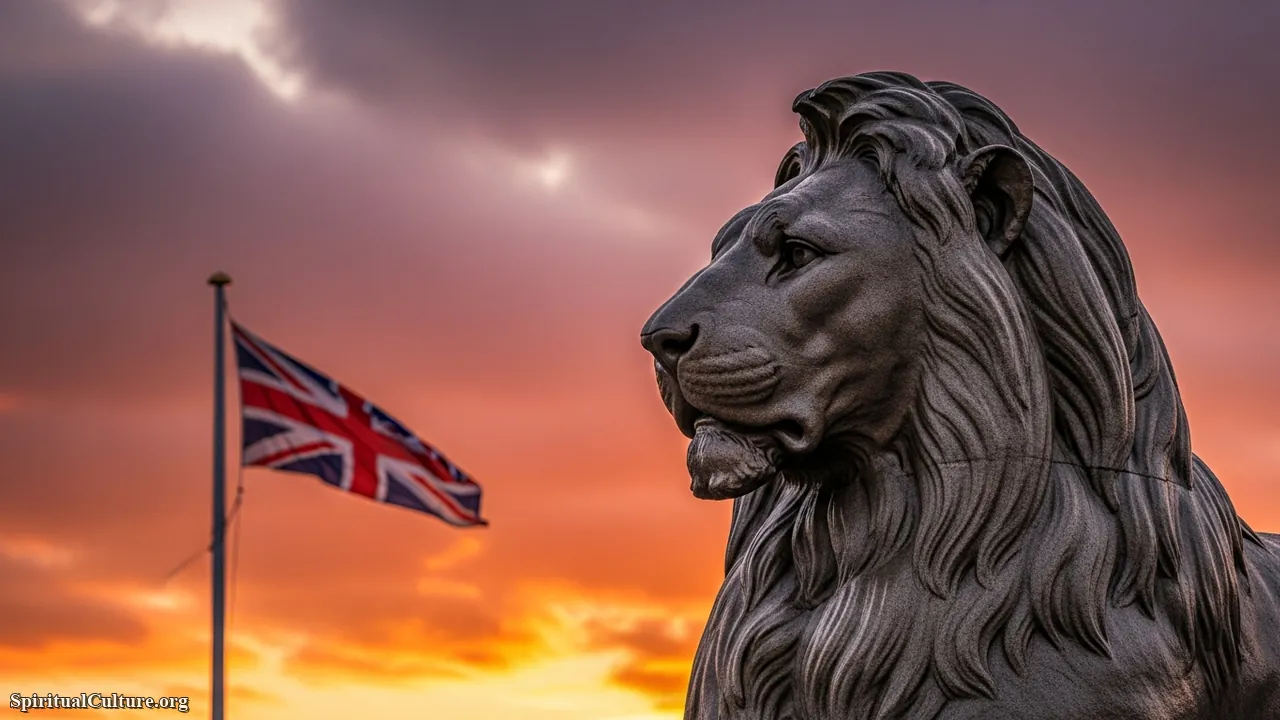
From a spiritual perspective, the Lion is the solar guardian. In heraldry, it is the “King of Beasts,” signifying a divine mandate to rule with strength and justice. It appears on the Royal Arms, supporting the shield that represents the land itself. The spiritual impact of this symbol is one of reassurance; it projects an image of unwavering strength and dignity that the British people often call upon during times of national crisis.
We reflect on the Lion as a symbol of Duty. It reminds us that true strength is not just about power, but about the responsibility to protect and the courage to stand firm when the odds are stacked against you.
Cultural & Spiritual Highlights:
- Heraldic Origin: Adopted by King Richard I (The Lionheart) in the 12th century.
- National Avatar: Often depicted as “Britannia’s guardian” in art and political cartoons.
- Symbolism: Represents the virtues of fortitude, majesty, and military might.
Top 8. The Red Telephone Box
The bright red K2 and K6 telephone kiosks, designed by Sir Giles Gilbert Scott, are masterpieces of industrial design that have transcended their utility. Historically, they represented the modernization of Britain—a network of copper wires connecting remote villages to bustling cities. But culturally, they became beacons of safety and connection. The design itself is rooted in high culture; Scott famously drew inspiration for the domed roof from the tomb of Sir John Soane’s wife, blending a memorial aesthetic with public service.
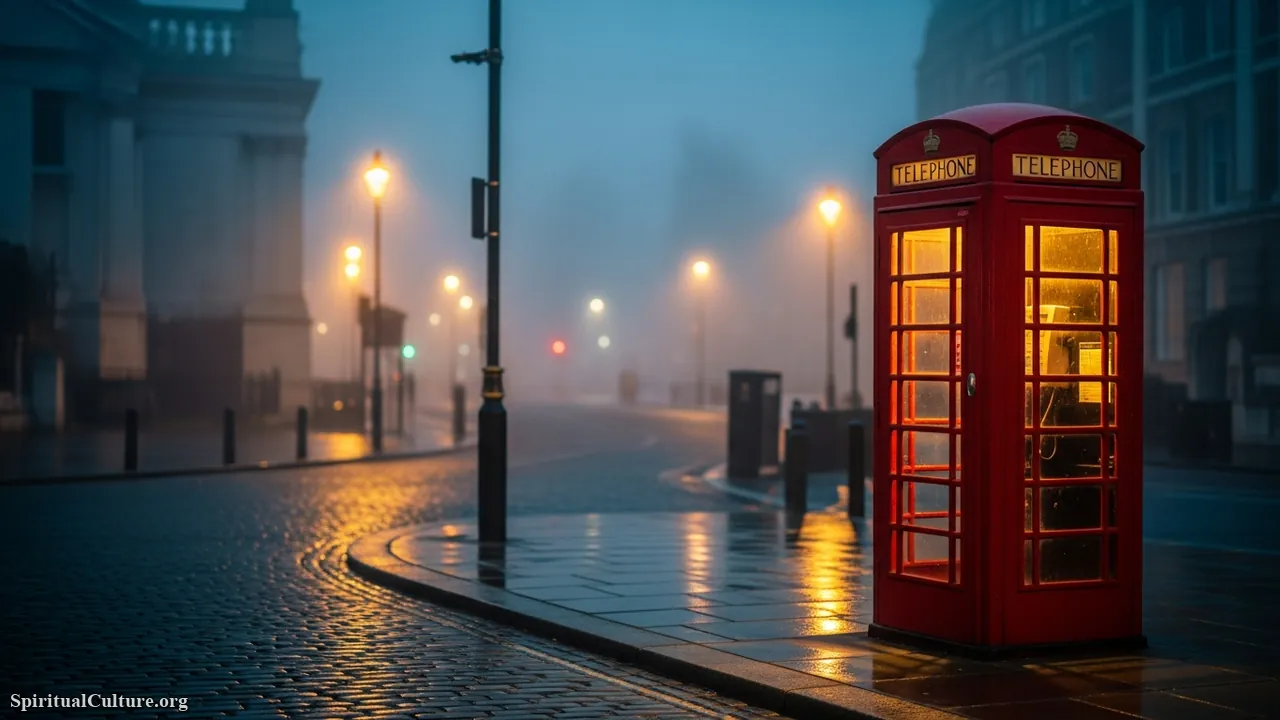
There is a quiet spirituality in the concept of the telephone box: it was a confessional, a lifeline, and a private sanctuary in the public sphere. For decades, it was where good news was shared, help was summoned, and relationships were maintained. The bold red colour was chosen for visibility, acting as a constant reassurance that connection was always within reach, regardless of the weather or the location.
As mobile technology renders them functionally obsolete, their preservation as “heritage assets” speaks to our need for tangible memories. They stand now as monuments to the era of voice-to-voice communication, reminding us of the value of human connection.
Cultural & Spiritual Highlights:
- Design Heritage: Created by Sir Giles Gilbert Scott, architect of Liverpool Cathedral.
- Architectural Inspiration: The roof dome was inspired by the classical mausoleum of Sir John Soane.
- Cultural Status: Voted the greatest British design of all time in 2015.
Top 7. The Cup of Tea
It is often joked that Britain is a nation held together by tea, but at Spiritual Culture, we view this as a profound truth. The “cuppa” is far more than a beverage; it is Britain’s secular sacrament. Introduced in the 17th century by Catherine of Braganza, it democratized leisure. Whether in a palace or a coal mine, the ritual of brewing tea offers a universal moment of pause, reflection, and hospitality. It is the first response to both trauma and celebration.

The spiritual value of tea lies in its capacity to induce “mindfulness” and community. The “Blitz Spirit” was often fueled by the tea urns that kept morale alive during the darkest nights of WWII. It represents the British stoicism and the belief that no problem is so great that it cannot be pondered over a hot drink. It is a ritual of grounding—a way to reset the internal clock and find comfort in the routine.
The moral lesson here is one of Shared Humanity. Offering a cup of tea is an act of service and empathy, a small gesture that says, “I see you, and I am here with you.”
Cultural & Spiritual Highlights:
- National Ritual: Britons consume approx. 100 million cups daily.
- Historical Shift: Transformed from an aristocratic luxury to a working-class staple, fueling the Industrial Revolution.
- Symbolism: Represents comfort, domestic stability, and social bonding.
Top 6. The Red Double-Decker Bus
The Routemaster bus is an icon of movement and social cohesion. Unlike the subway (Tube), which buries travel underground, the red double-decker celebrates the city. It allows passengers to rise above the street and view the world. Historically, it revolutionized urban transport, but symbolically, it represents the democratic nature of British public life—everyone, regardless of status, rides the bus together.

In a spiritual sense, the bus represents the “Journey.” It is a vessel of collective experience, carrying millions of individual stories along the same path. The open platform of the original Routemaster allowed for a freedom of movement that is rare in modern transport—a trust in the passenger. Its bright red livery is a pulse of vitality running through the grey arteries of London streets.
Preserving these buses, even as heritage routes, safeguards the memory of a time when public infrastructure was designed with beauty and character in mind, not just efficiency.
Cultural & Spiritual Highlights:
- Design Icon: The 1956 Routemaster is cited as a marvel of industrial engineering.
- Global Identity: One of the most photographed symbols of London worldwide.
- Social Space: A shared space that breaks down social isolation in the urban environment.
Top 5. William Shakespeare
William Shakespeare is the intellectual soul of Britain. He is not merely a writer; he is the architect of the modern English language and the supreme observer of the human spirit. His works have shaped how the British—and the world—understand love, power, jealousy, and mortality. From Stratford-upon-Avon, his influence radiated outward, proving that culture is Britain’s most potent export.
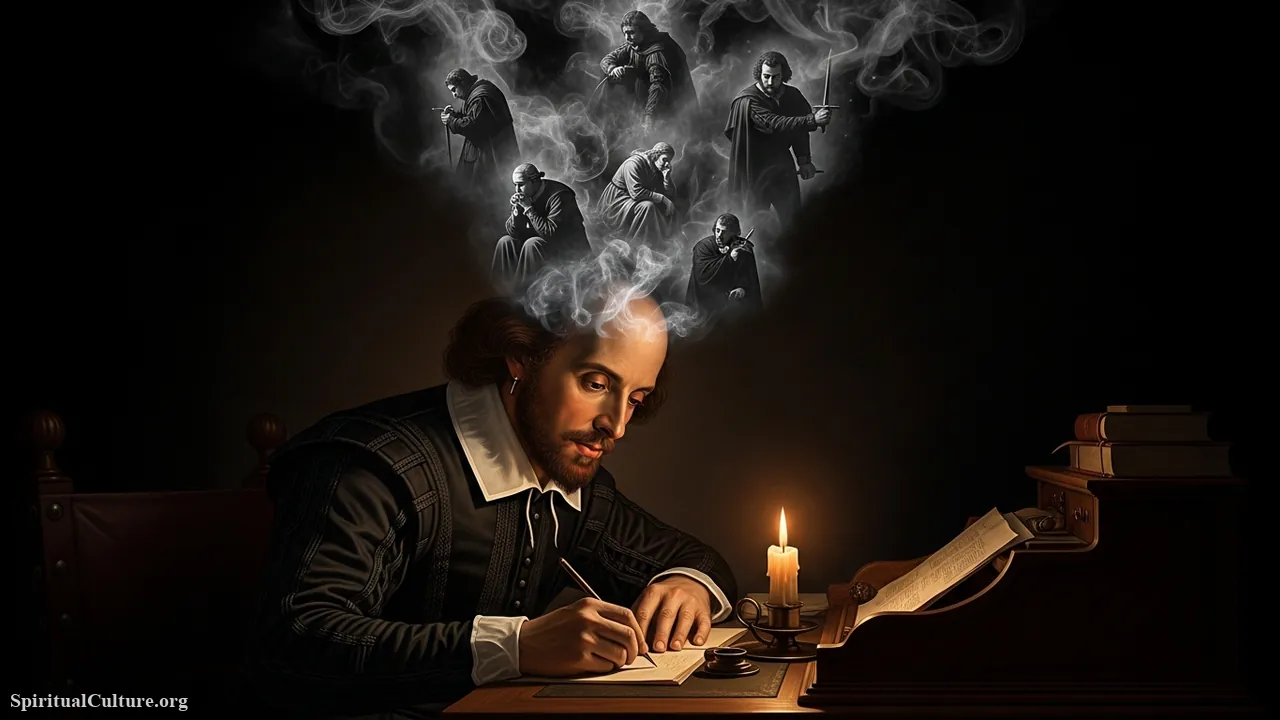
The spiritual impact of Shakespeare is his unflinching honesty about the human condition. He holds a mirror up to nature, forcing us to confront our inner kings and fools. His work transcends religion, yet deals constantly with the divine, the ghostly, and the metaphysical. He taught the world that there is “divinity that shapes our ends,” and his plays continue to serve as secular scriptures for understanding human psychology.
We celebrate Shakespeare as the Keeper of the Word. His legacy teaches us that language is not just a tool for communication, but a medium for capturing the infinite complexity of the soul.
Cultural & Spiritual Highlights:
- Linguistic Creator: Invented over 1,700 words currently used in English.
- Universal Themes: His plays are performed in almost every major language on Earth.
- Heritage Site: The Globe Theatre stands as a temple to the spoken word.
Top 4. Stonehenge
Long before there was an “England,” there was Stonehenge. This prehistoric stone circle on Salisbury Plain is the ultimate symbol of Britain’s ancient, mysterious roots. Built roughly 4,500 years ago, it represents a feat of spiritual engineering that still baffles modern minds. It connects the current population to the Neolithic ancestors who dragged massive sarsen stones for miles to create a cathedral to the cosmos.
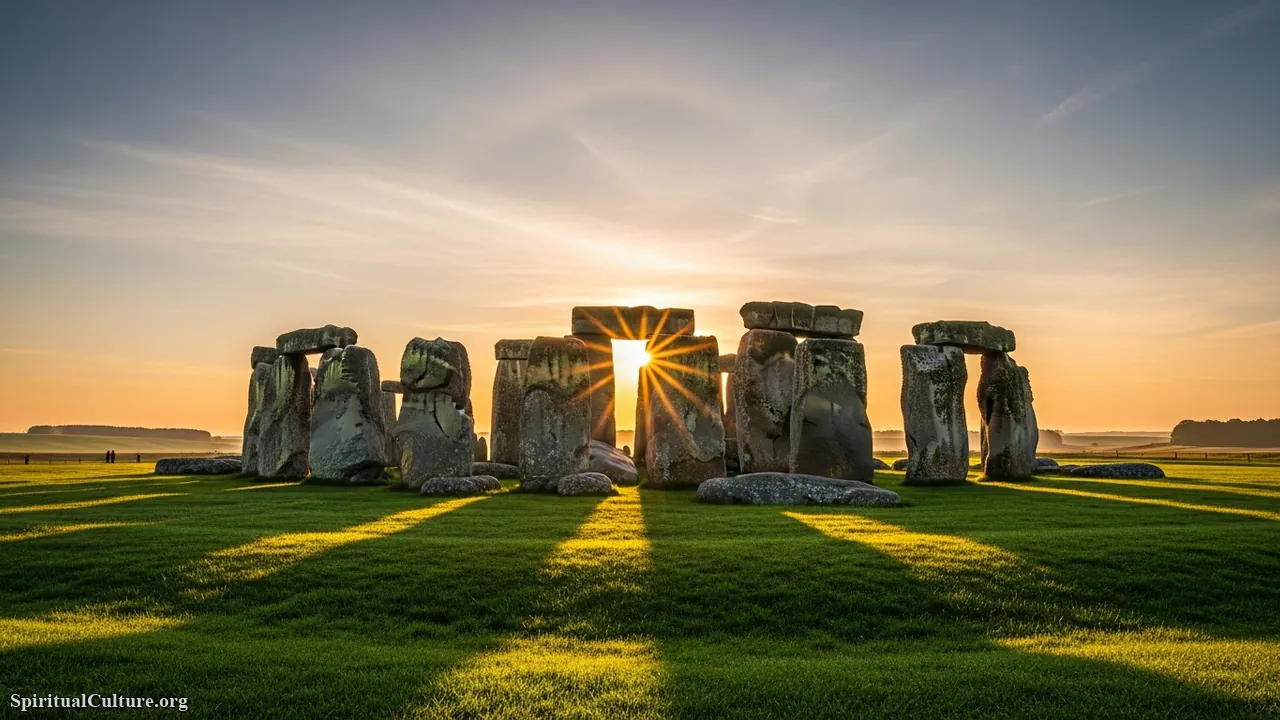
Stonehenge is purely spiritual. It is a celestial clock, aligned perfectly with the midsummer sunrise and midwinter sunset. It speaks of a culture that lived in deep rhythm with the earth and the heavens. For the modern visitor, it is a reminder of the impermanence of our current struggles and the endurance of the land itself. It is a place where the veil between the worlds feels thin.
The lesson of Stonehenge is Alignment. It asks us to consider our own relationship with the natural cycles and the legacy we will leave behind in stone and spirit.
Cultural & Spiritual Highlights:
- UNESCO Status: A World Heritage Site of “Outstanding Universal Value.”
- Spiritual Function: A prehistoric temple aligned with solar solstices.
- Mystery: The exact method of construction and transportation of the “bluestones” remains a subject of debate.
Top 3. The Royal Crown (St Edward’s Crown)
The Crown is the metonym for the British state, but the physical object—St Edward’s Crown—is a sacred artifact. It is used only at the moment of coronation, symbolizing the transition of a human being into the vessel of sovereignty. This is not just wealth; it is weight. The heavy gold and precious stones represent the burden of duty and the continuity of a tradition that stretches back over a thousand years, surviving civil wars and revolutions.
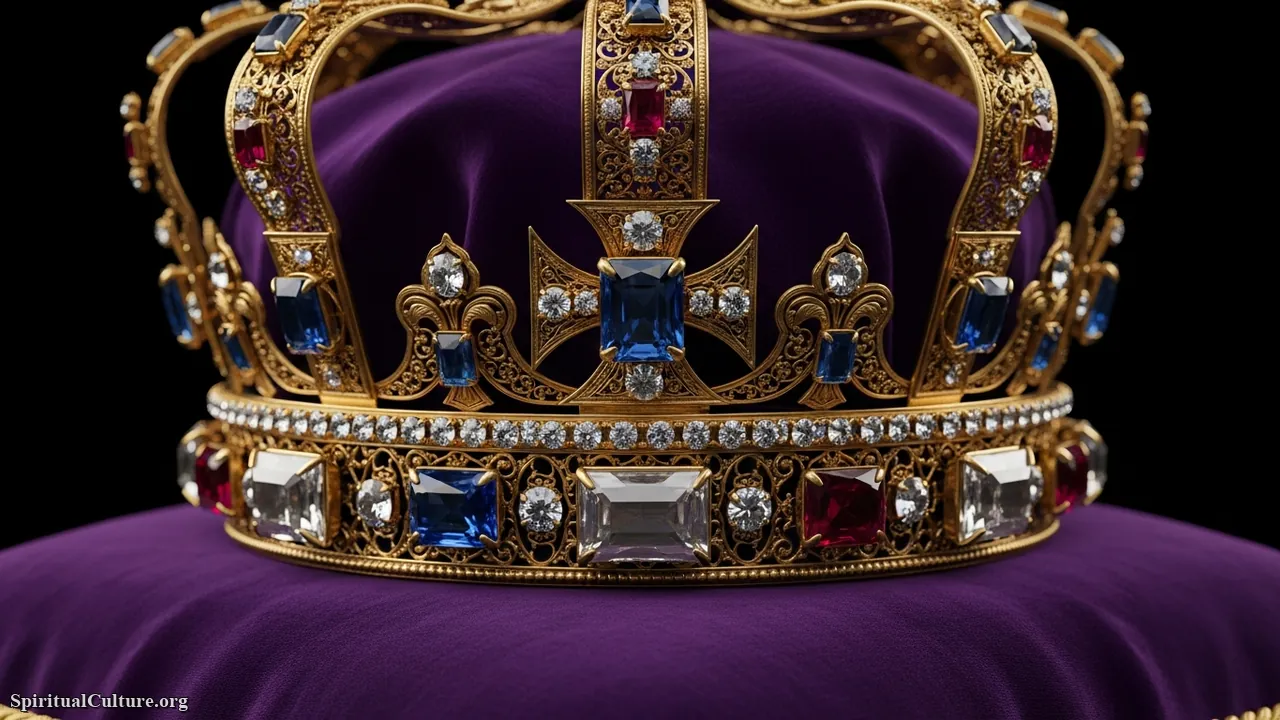
Spiritually, the Crown represents the “Divine Right” transformed into “Public Service.” The coronation is a religious ceremony, anointing the monarch in a ritual that mirrors biblical rites. It signifies that authority is not taken, but bestowed, and it must be held with humility. The Crown Jewels, kept in the Tower of London, are the physical manifestations of the nation’s history—blood, fire, and endurance solidified in gold.
We reflect on the Crown as a symbol of Continuity. In a world of political turbulence, it represents the unbroken thread of history that holds the national identity together.
Cultural & Spiritual Highlights:
- Sacred Object: St Edward’s Crown is the holiest of the regalia, used only for crowning.
- Religious Rite: The Monarch is the Supreme Governor of the Church of England.
- Symbolism: Represents the spiritual union of the Monarch, the People, and the Divine.
Top 2. Big Ben (The Elizabeth Tower)
If London had a voice, it would be the deep, resonant E-natural chime of Big Ben. Standing above the Houses of Parliament, the Elizabeth Tower is the global symbol of democracy and time itself. Completed in 1859, it is a masterpiece of Gothic Revival architecture. But its true power was forged during World War II, when the chimes were broadcast to the world as a signal that Britain was still standing, free and fighting.

The spiritual significance of Big Ben is Reliability. In a chaotic world, the Great Clock keeps accurate time, a steadfast standard. The sound of the bells is visceral; it marks the passing of hours, the beginning of a new year, and the moments of national silence for the fallen. It is the “sentinel” of the city, watching over the seat of government and the river Thames.
To stand beneath Big Ben is to feel the heartbeat of the nation. It teaches us that while time passes and politicians change, the foundations of liberty and resilience remain constant.
Cultural & Spiritual Highlights:
- Democracy’s Watchtower: Overlooks the Palace of Westminster, the mother of parliaments.
- Wartime Symbol: The “Silent Minute” during WWII was centered on Big Ben’s chimes.
- Heritage: The Great Bell itself is named “Big Ben,” not the tower (which is the Elizabeth Tower).
Top 1. The Union Jack
At the pinnacle of our list is the Union Jack (or Union Flag), the most universally recognized symbol of the United Kingdom. It is a masterclass in graphic design and political history, overlaying the Cross of St George (England), the Saltire of St Andrew (Scotland), and the Saltire of St Patrick (Ireland). It is not just a flag; it is a visual history of the union of nations that make up the British Isles.

The spiritual resonance of the Union Jack is complex. It represents Unity in Diversity—three distinct nations with different patron saints woven into a single fabric. It has flown over the heights of imperial power and the depths of post-colonial introspection. Today, it has been reclaimed by art, fashion, and music as a symbol of cultural coolness and resilience. It is the banner under which the cultural, scientific, and democratic contributions of Britain have been shared with the world.
Ultimately, the Union Jack stands at Number 1 because it encompasses all others on this list. It flies over Parliament, it is draped on the casket of the Monarch, and it is worn by the icons of pop culture. It is the fabric of the nation’s soul.
Cultural & Spiritual Highlights:
- Spiritual Composition: Comprised of three Christian crosses (Saints George, Andrew, and Patrick).
- Historical Depth: First created in 1606 under King James I (VI of Scotland).
- Global Reach: Incorporated into the flags of multiple other sovereign nations (e.g., Australia, New Zealand).
Conclusion
The symbols of British culture are far more than souvenirs or postcards; they are the anchors of a civilization that has deeply influenced the modern world. From the spiritual alignment of Stonehenge to the democratic resilience of Big Ben, and the unifying tapestry of the Union Jack, these icons tell a story of a people who value tradition, stoicism, and connection.
At Spiritual Culture, we believe that understanding these symbols allows us to appreciate the deeper “spirit of place” that defines the UK. They remind us that while empires may rise and fall, the cultural and spiritual values embedded in art, architecture, and ritual endure. Whether it is the pause of a tea break or the chime of a clock tower, these symbols invite us to participate in a shared heritage that celebrates the dignity of the human experience.
